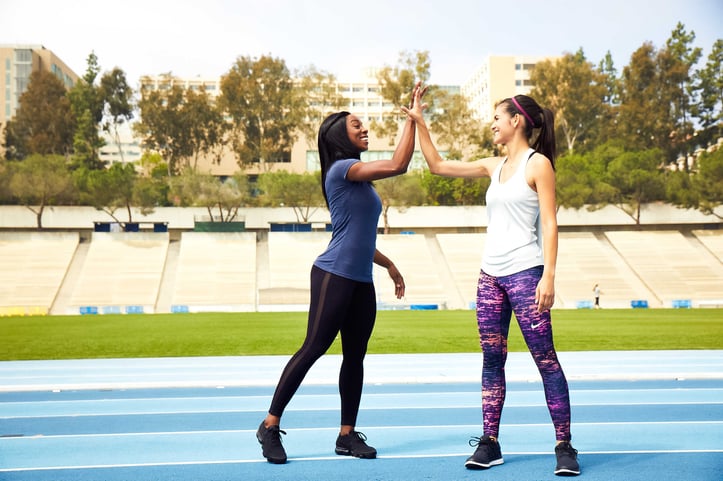Calf Workouts Unlocked: Science & Strategies to Grow Your Stubborn Muscle Group

Why Are Calves So Stubborn to Grow?
If you’ve spent months hitting calf raises without seeing progress, you’re not alone—78% of gym-goers report slower calf growth compared to other muscle groups (ACE, 2022). The culprit? Anatomy and daily use. Your calves (gastrocnemius and soleus) are overachievers: they stabilize every step, squat, and jump, making them adapted to constant low-intensity work. To force growth, you need to disrupt this adaptation.
The Science: Two Muscles, Two Missions
Your calves aren’t a single muscle—they’re two distinct layers:
- Gastrocnemius (outer, teardrop-shaped): Dominates when knees are straight (e.g., standing calf raises). It’s fast-twitch dominant, responding to power and moderate reps.
- Soleus (deep, under gastroc): Activates when knees are bent (e.g., seated calf raises). Slow-twitch dominant, it thrives on high reps and sustained tension.
Key insight: Most people only train gastroc with standing raises, ignoring soleus—no wonder calves stay flat!
5 Science-Backed Strategies to Grow Calves
1. Target Both Layers with Dedicated Exercises
- Standing Calf Raises (gastroc focus): Stand on a step, heels hanging. Rise onto toes, pause 1 second, lower slowly (3 seconds). Aim for 3x15-20 reps. Pro tip: Add a 10-second peak contraction at the top to overload gastroc.
- Seated Calf Raises (soleus focus): Sit with a weight on your thighs (use a barbell or machine). Keep knees bent at 90°, rise onto toes, lower slowly. 3x20-25 reps—soleus loves volume!
2. Embrace Eccentric Overload
A 2021 study in the Journal of Strength & Conditioning found that slowing the lowering phase (eccentric) by 3-5 seconds increases muscle damage and growth by 40%. For calves, this means controlling the descent—no bouncing!
3. Train 2-3x Weekly
Because calves recover quickly (they’re used daily), train them 2-3x weekly with 48 hours between sessions. Example split: Mon/Wed/Fri, pairing with leg days or as a finisher.
4. Vary Foot Position
- Toes forward: Balances gastroc/soleus activation.
- Toes out (45°): Targets outer calf fibers.
- Toes in (45°): Hitting inner calves. Rotate positions weekly to prevent plateaus.
5. Add plyometrics for Density
Once you’ve built size, add explosive jumps (e.g., box jumps, depth jumps) to boost muscle density. A 2020 NASM study linked plyometrics to 25% greater calf definition in 8 weeks.
Common Mistakes Sabotaging Your Gains
- Knees locked: Stiff knees reduce gastroc stretch—keep a soft bend to maximize range of motion.
- Using momentum: Bouncing heels defeats the eccentric phase; focus on controlled movement.
- Ignoring footwear: Flat shoes (vs. running shoes) allow deeper ankle flexion—wear lifting shoes or go barefoot.
Your Action Plan
This week, try this 3-day split:
- Day 1: Standing raises (toes forward) 3x15 + seated raises 3x20
- Day 2: Standing raises (toes out) 3x12 + single-leg raises 2x10/side
- Day 3: Jump rope (10 mins) + seated raises (toes in) 3x25
Track reps/weight weekly—calves respond to progressive overload. In 6-8 weeks, you’ll see thickness in the lower leg and definition you’ve been missing.
Remember: Stubborn muscles need stubborn consistency. Stay patient, and those calf gains will come.
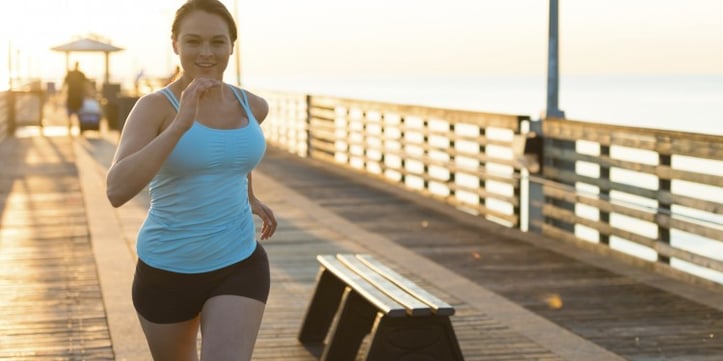
Fit vs Fat: Decoding Health's True Ruler
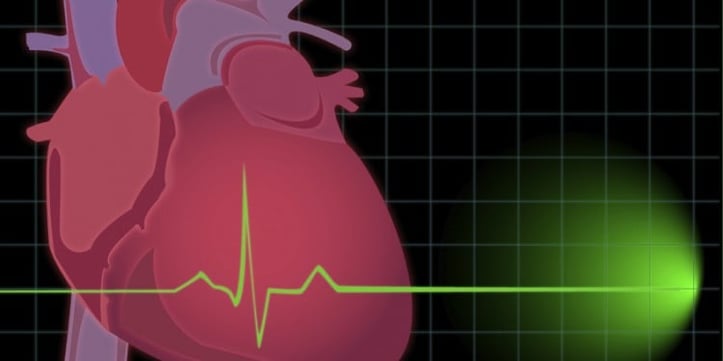
Pump Up Your Heart: Science-Driven Weight Loss

Wellness Technology: Your Path to Sustainable Weight Loss

A Sensible Guide to Dietary New Year's Resolutions
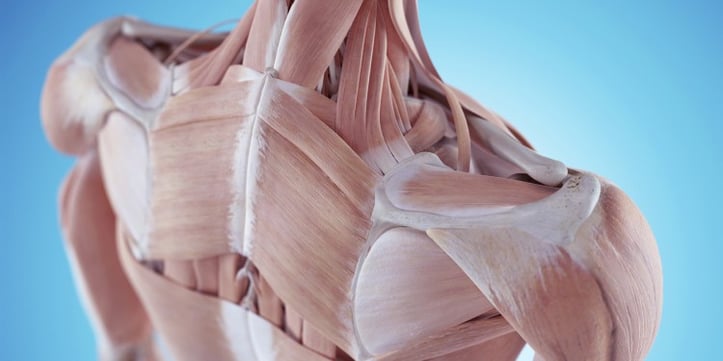
Prevent Shoulder and Rotator Cuff Injuries with Corrective Exercises
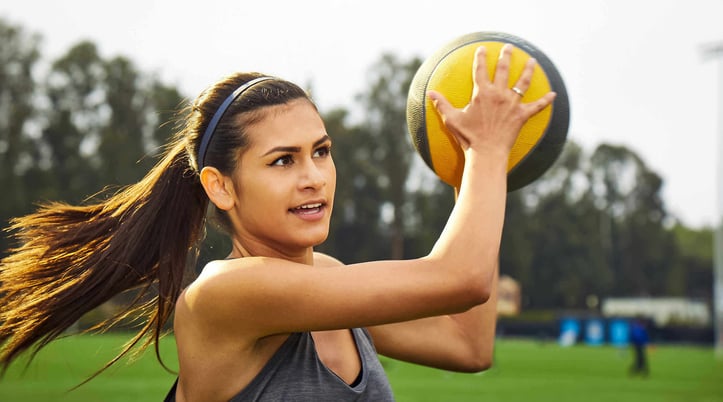
Overcome Fitness Plateaus: 4 Tips for Success
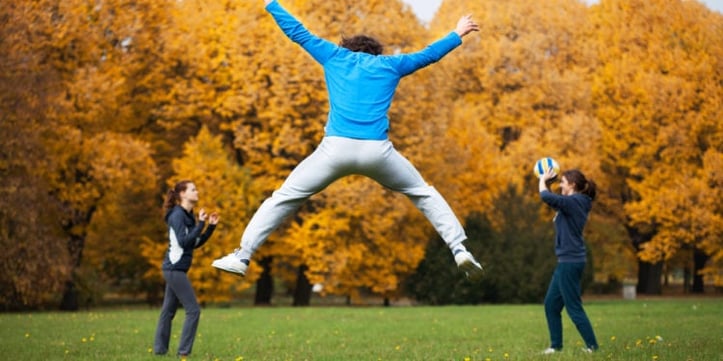
10 x 10 Thanksgiving Day Circuit: A Fitness Guide
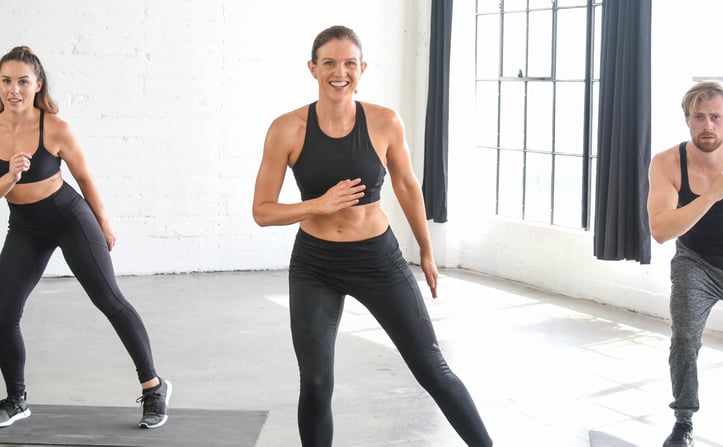
Unleash Your Fitness Potential with Kit Rich's Training Secrets
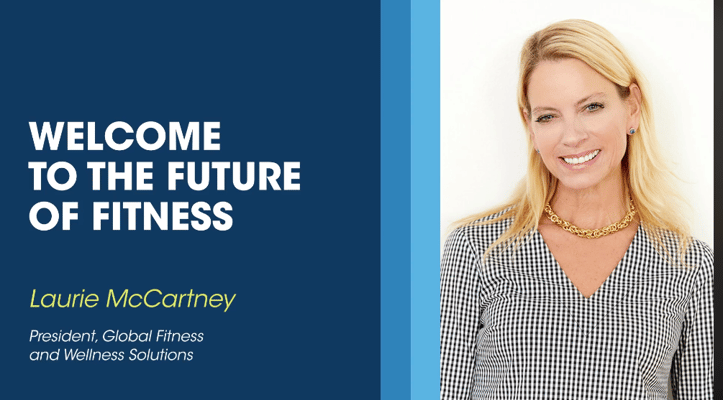
The Future of Fitness: A Guide for Beginners to Intermediates
